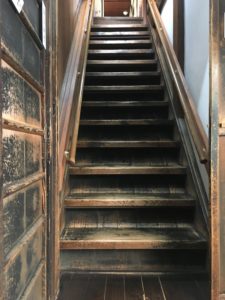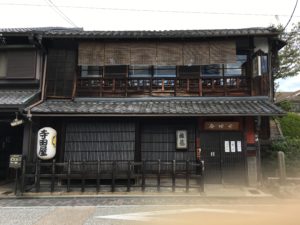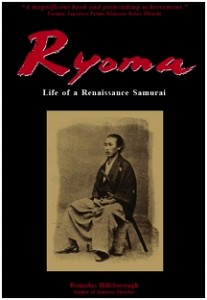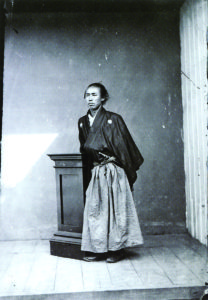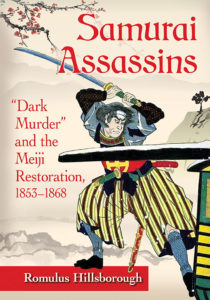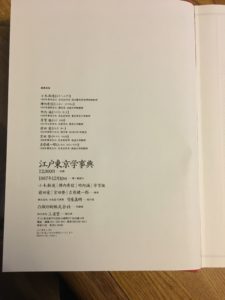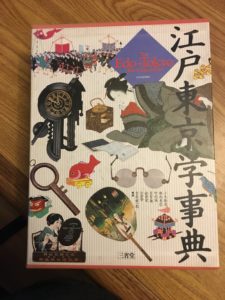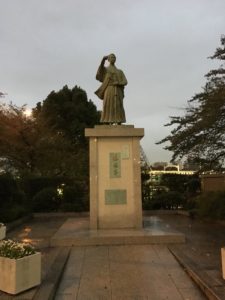
…on August 14, 1895 (Meiji 28), at age seventy-three, Count Katsu Awa gave an interview to the Kokumin Shimbun newspaper, in which he alluded to his title. “I’m naturally a bad person, which is why I put a market price on society,” he said in his signature mock self-deprecatory tone, which he was apt to quickly change to self-praise underpinned by the truth.
“I know that when the price goes up, it’ll eventually go back down. When the price goes down, it’ll eventually go back up. And it never takes more than ten years for the market price to rise and fall. So, if I see that the price for me is down, all I need do is hunker down and wait a while—and sure enough it’ll rise again. The former villain and traitor Katsu Rintarō is now Count Katsu Awa. But even if I act as if I’m important now, after a while I’ll only grow old and senile, and nobody will even bother to spit on me then. So anyway, that’s the way the market price of society is. A person who has the patience to wait out those ten years of rising and falling is a great man. And actually I’m one of them.”
[The above is excerpted from Samurai Revolution: The Dawn of Modern Japan Seen Through the Eyes of the Shogun’s Last Samurai. Katsu Kaishū (aka Katsu Awa and Katsu Rintarō) is the “Shōgun’s Last Samurai.” The statue stands at Asakusa, Tokyo, near the Sumidagawa river, pointing out at the Pacific Ocean.]
S

